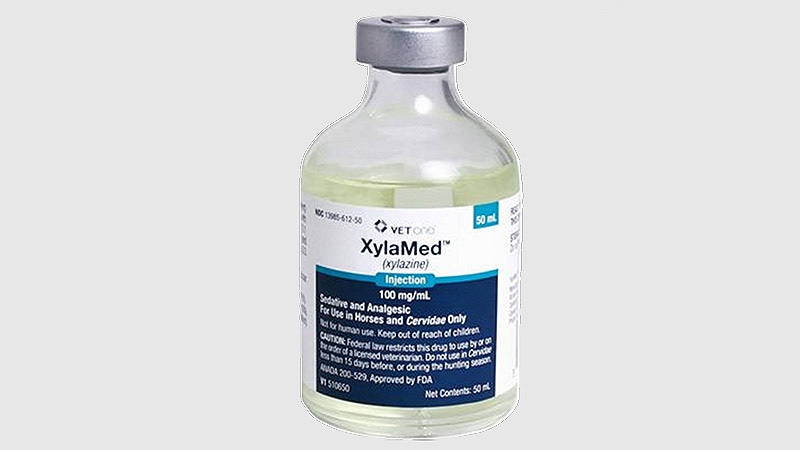Core Concepts
Xylazine, a tranquilizer for animals, is increasingly found in the illegal drug supply chain in Canada, posing significant health risks to users.
Abstract
The content discusses the rising presence of xylazine, a veterinary tranquilizer, in Canada's illegal drug supply. It highlights the challenges in identifying xylazine in patients, its association with fentanyl, and the severe health effects it can cause. The article also provides insights into the signs of xylazine use, its impact on wound formation, and the management of suspected opioid overdoses when xylazine is involved. Additionally, it addresses the difficulties in testing for xylazine, managing withdrawal symptoms, and the risks associated with contaminated drug supplies. The importance of drug checking services and the need for a regulated drug supply are emphasized.
Xylazine Increasingly Found in Canada's Illegal Drug Supply
Stats
Xylazine has been increasingly identified in illicit drug samples in Canada since 2019.
About 10% of the fentanyl samples checked by Toronto's Drug Checking Service are laced with xylazine.
Benzodiazepine-related drugs are found in about 50%-60% of expected fentanyl samples.
Quotes
"Xylazine should be considered when presentations are discordant with what would be expected from opioids only." - Peter Wu, MD, MSc
"Naloxone reverses opioid toxicity but has no effect on the sedating properties of xylazine, which may persist." - Peter Wu, MD, MSc
"We see benzodiazepine-related drugs in about 50%-60% of expected fentanyl samples." - Hayley Thompson
Key Insights Distilled From
by Marcia Frell... at www.medscape.com 02-09-2024
https://www.medscape.com/viewarticle/animal-tranquilizer-xylazine-increasingly-found-canadas-2024a10002vp
Deeper Inquiries
What are the potential long-term health implications of xylazine use in the illegal drug supply?
The potential long-term health implications of xylazine use in the illegal drug supply can be severe. Xylazine, being a veterinary tranquilizer not intended for human use, can lead to various health issues. Prolonged xylazine use may result in addiction, leading to substance use disorder. Additionally, xylazine can cause cardiovascular problems such as bradycardia and hypotension, which can have long-term effects on heart health. The development of severe ulcerative wounds associated with xylazine use can lead to infections, potentially requiring amputation in extreme cases. Furthermore, the combination of xylazine with opioids like fentanyl can increase the risk of overdose, which can have fatal consequences in the long term.
How can regulatory bodies collaborate to address the issue of contaminated drug supplies effectively?
Regulatory bodies can collaborate to address the issue of contaminated drug supplies effectively by implementing comprehensive strategies. Firstly, they can enhance surveillance and monitoring systems to track the presence of substances like xylazine in the illegal drug supply. This can involve sharing information and data across jurisdictions to identify trends and patterns of contamination. Secondly, regulatory bodies can strengthen enforcement efforts to disrupt the supply chain of illicit drugs and prevent the distribution of contaminated substances. Collaborating on cross-border initiatives can help in intercepting drug shipments and reducing the flow of tainted drugs. Additionally, regulatory bodies can work with healthcare providers and public health agencies to educate the public about the risks associated with contaminated drugs and promote harm reduction strategies.
How can the implementation of drug checking services be improved to enhance public health outcomes?
The implementation of drug checking services can be improved to enhance public health outcomes through several measures. Firstly, expanding the availability of drug checking services to more locations can increase accessibility for individuals who use illicit drugs. Mobile drug checking units or pop-up testing sites can reach marginalized populations and reduce barriers to testing. Secondly, integrating drug checking services with harm reduction programs can provide a holistic approach to addressing substance use issues. Offering counseling, education, and referrals to treatment services alongside drug checking can support individuals in making informed decisions about their drug use. Moreover, enhancing the technology and capabilities of drug checking equipment can improve the accuracy and speed of testing, providing real-time results to users. Continuous evaluation and feedback mechanisms can help in refining and optimizing drug checking services to meet the evolving needs of the community.
0
